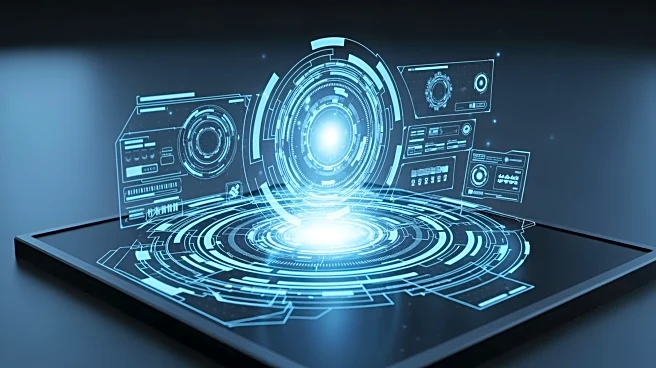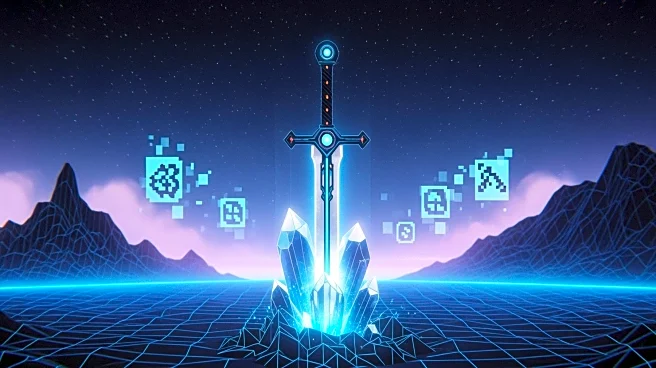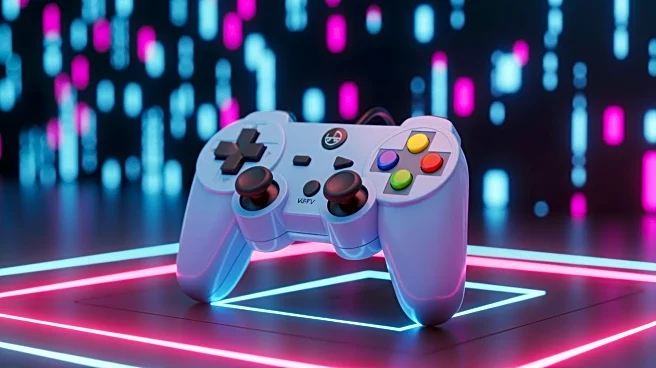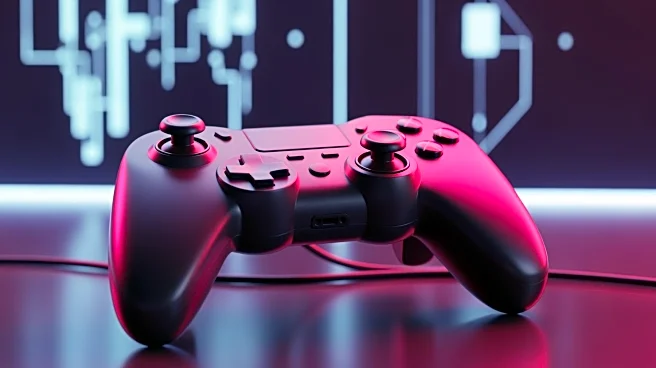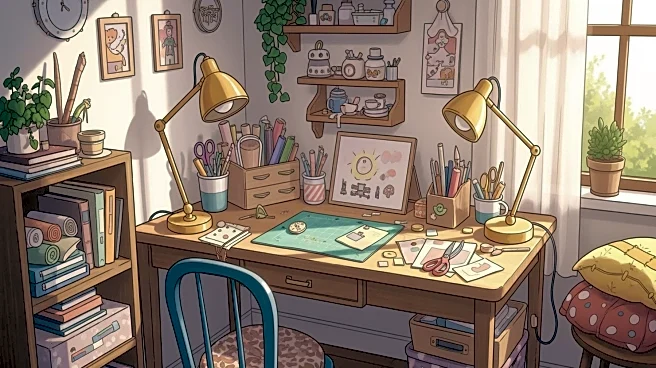What's Happening?
The U.S. Patent and Trademark Office (USPTO) has taken the unusual step of ordering a reexamination of Nintendo's patent related to the 'summon subcharacter and let it fight in 1 of 2 modes.' This decision,
initiated by USPTO Director Squires, targets claims 1, 13, 25, and 26 of the patent, which are the independent claims. The reexamination was prompted by two older U.S. patent applications, one from Konami in 2002 and another from Nintendo itself in 2019. The reexamination could potentially lead to the revocation of the patent if these claims are invalidated. This move is significant as it was not initiated by a company defending against the patent but by the USPTO Director himself, highlighting concerns over the patent's validity.
Why It's Important?
The reexamination of Nintendo's patent is crucial for the U.S. patent system as it underscores the importance of maintaining strong and valid patents. This action could impact Nintendo's ability to enforce this patent in litigation, potentially affecting its legal strategies and financial interests. For smaller companies like Pocketpair, which are defending against Nintendo's patent assertions, this development could provide relief and set a precedent for challenging questionable patents. The decision reflects a broader effort by the USPTO to ensure that patents are 'born strong' and not subject to frequent invalidation, which can undermine their value and the innovation they are meant to protect.
What's Next?
The reexamination process will determine the fate of Nintendo's patent, with potential outcomes including the upholding or revocation of the patent. If the patent is invalidated, it could affect ongoing and future litigation involving Nintendo. The decision may also influence how companies approach patent filings and challenges, encouraging more rigorous scrutiny of patent applications. Additionally, the outcome could impact Nintendo's legal strategies and its approach to intellectual property management.
Beyond the Headlines
This case highlights the ethical and legal challenges in the patent system, particularly concerning the balance between protecting genuine innovations and preventing the monopolization of game mechanics. The reexamination could lead to long-term shifts in how patents are evaluated and challenged, potentially fostering a more equitable environment for innovation. It also raises questions about the role of prior art in patent validity and the responsibilities of patent holders in ensuring their claims are robust and defensible.
